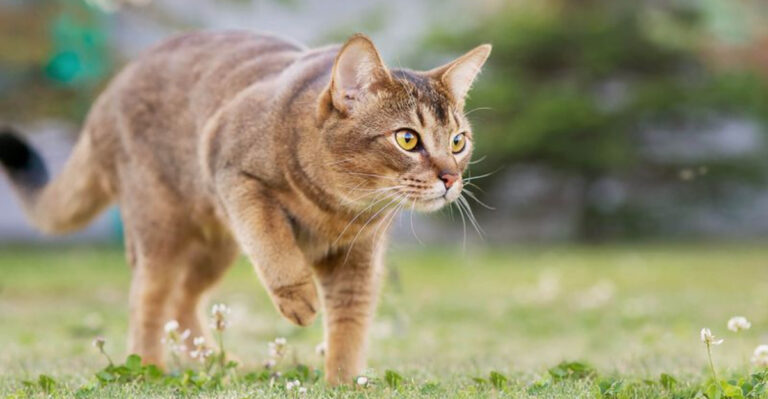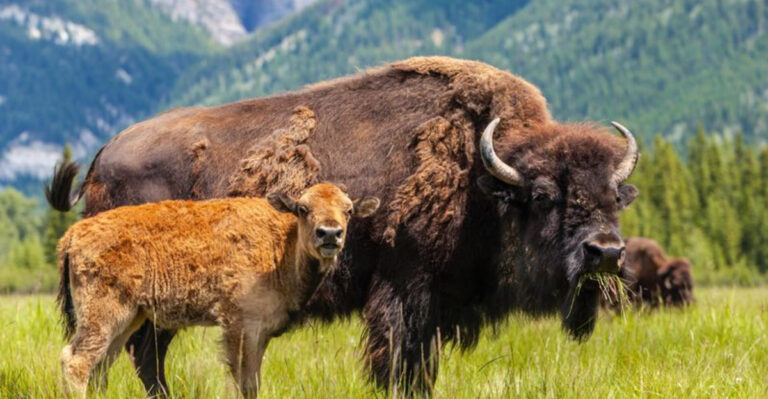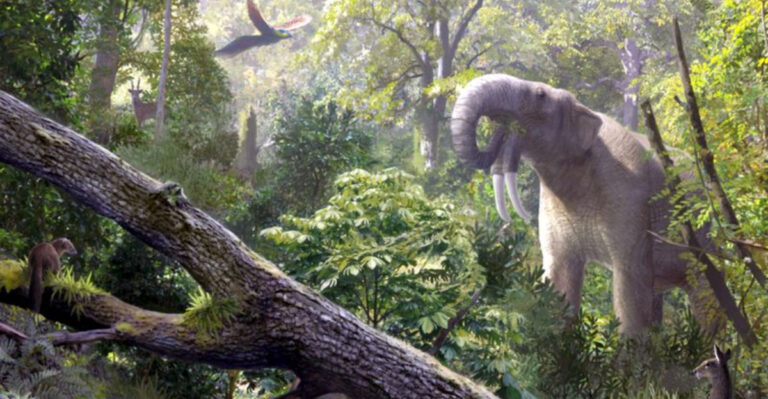The Surprising Foods Jackrabbits Rely On To Survive The Wild
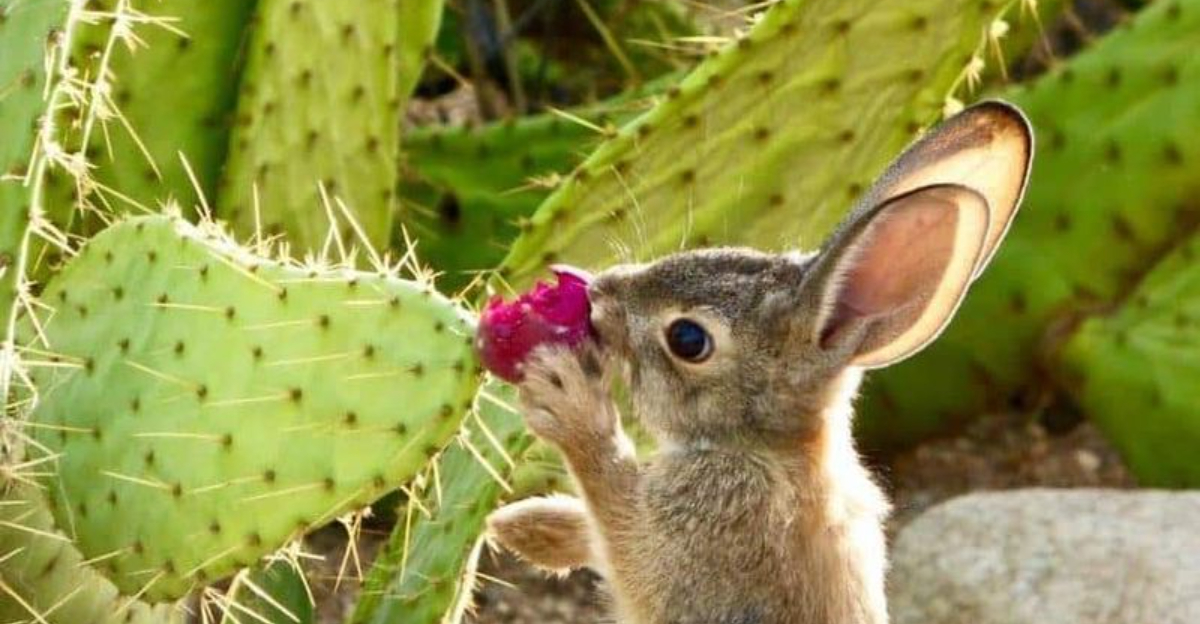
Out in the harsh desert landscapes where water is scarce and predators lurk behind every cactus, jackrabbits have mastered the art of survival.
These long-eared mammals aren’t just fast runners – they’re clever foragers with surprisingly diverse diets. Let’s explore the unexpected menu items that keep these bouncy creatures thriving in some of North America’s toughest environments.
1. Desert Grasses
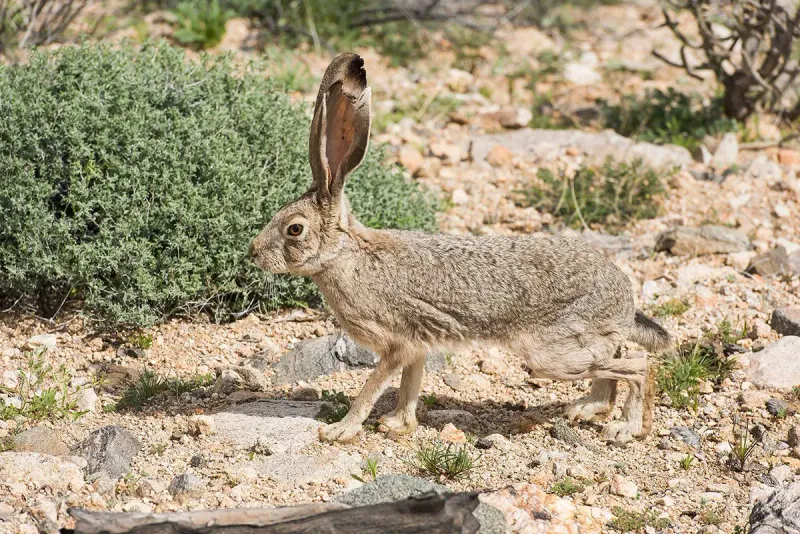
Morning dew clings to the sparse blades as jackrabbits munch away before the scorching sun rises. These hardy grasses form the backbone of their diet year-round.
Jackrabbits have specialized digestive systems that extract maximum moisture from these seemingly dry plants. Their constantly growing teeth are perfectly designed for grinding tough prairie and desert grasses.
2. Prickly Pear Cactus Pads
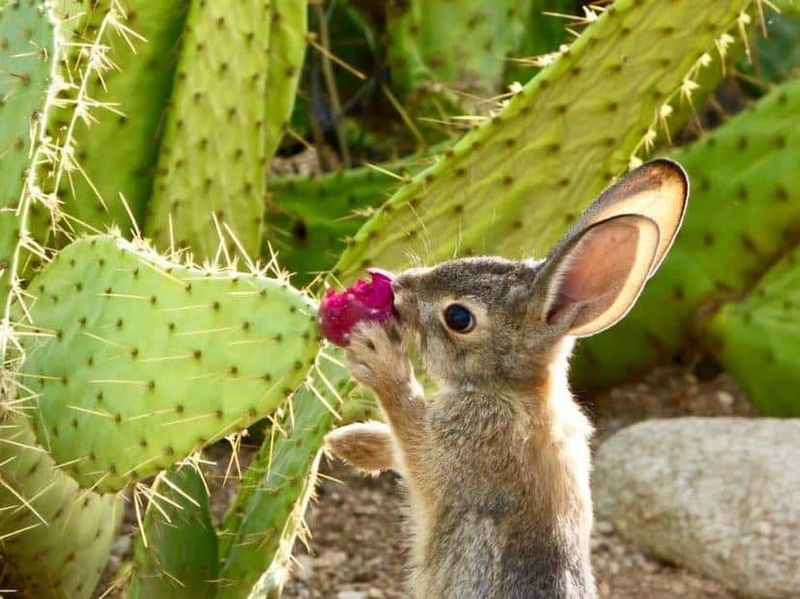
Remarkably, these bouncy creatures navigate the spines to reach the juicy flesh inside. Using precise nibbles, they target the base where fewer spines grow.
Rich in moisture and nutrients, prickly pear pads become crucial water sources during drought seasons. Jackrabbits have developed tough mouth tissues resistant to occasional spine pricks – a small price for survival.
3. Sagebrush Leaves

Strong-smelling and bitter to most animals, sagebrush becomes a wintertime staple when other food sources disappear. Jackrabbits have adapted to tolerate the plant’s natural chemicals that deter other herbivores.
The oils in sagebrush actually help jackrabbits stay warm during freezing desert nights. Their specialized liver enzymes break down compounds that would be toxic to other mammals.
4. Mesquite Bean Pods
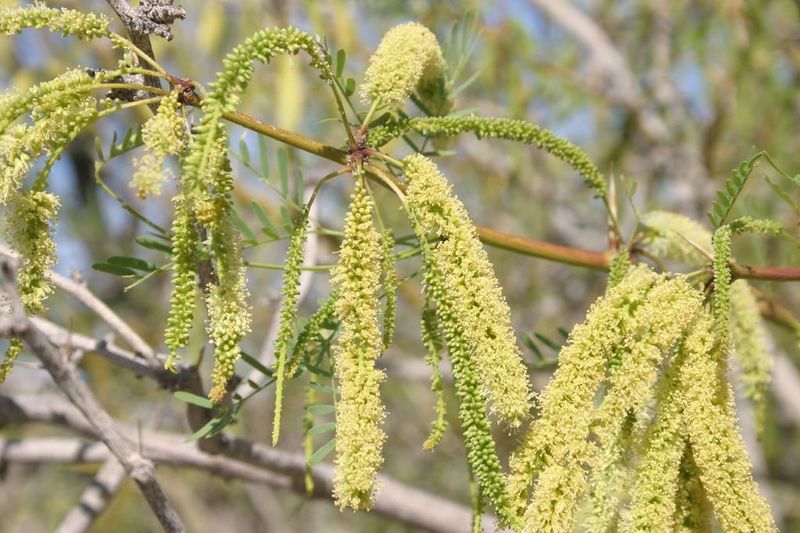
Sweet treats scatter across the desert floor when mesquite trees drop their bean-filled pods. Jackrabbits quickly gather these protein-packed treasures, sometimes standing on hind legs to reach low-hanging clusters.
The sugar content provides quick energy for escape sprints from predators. Mesquite beans also contain compounds that naturally help jackrabbits fight intestinal parasites – nature’s pharmacy.
5. Wild Flowers

Spring brings colorful blooms to desert landscapes, creating a jackrabbit buffet of nutritious flowers. Desert marigolds, primrose, and globemallow become temporary favorites during this brief season of plenty.
Flowers provide essential vitamins lacking in their winter diet. Jackrabbits time their breeding seasons to coincide with these flower blooms, ensuring nursing mothers and growing babies have access to the best nutrition.
6. Yucca Plants

Armed with sword-like leaves, yuccas seem unlikely rabbit food. Yet jackrabbits target the tender growing centers and flowers of these plants with surgical precision.
Young shoots provide moisture and vital nutrients during harsh summers. Native Americans observed jackrabbits’ preference for yucca and incorporated similar parts into their own diets, recognizing the plant’s medicinal properties.
7. Creosote Bush Leaves

After desert rains, jackrabbits feast on fresh creosote bush growth despite its strong medicinal smell. The resinous coating that normally deters browsers washes away temporarily.
These leaves contain natural antibiotics that may help jackrabbits fight infections. Desert old-timers noticed jackrabbits eating creosote after injuries, leading to the plant’s use in traditional wound remedies.
8. Bark and Twigs
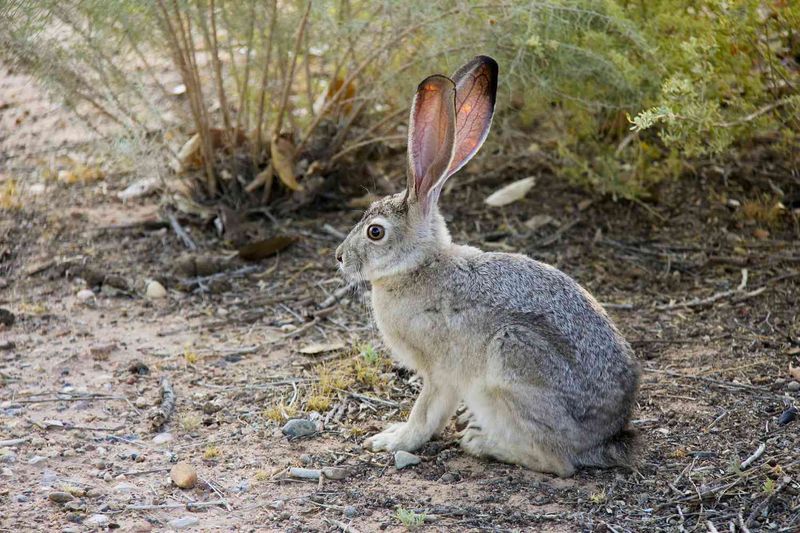
Winter desperation drives jackrabbits to gnaw tree bark and tender twigs when snow covers their usual food. Their powerful incisors make quick work of cottonwood, willow, and young mesquite branches.
Surprisingly nutritious, tree bark contains minerals and fiber that sustain them through lean months. Ranchers sometimes spot ring-shaped bark damage around trees – a telltale sign of hungry jackrabbits.
9. Agricultural Crops
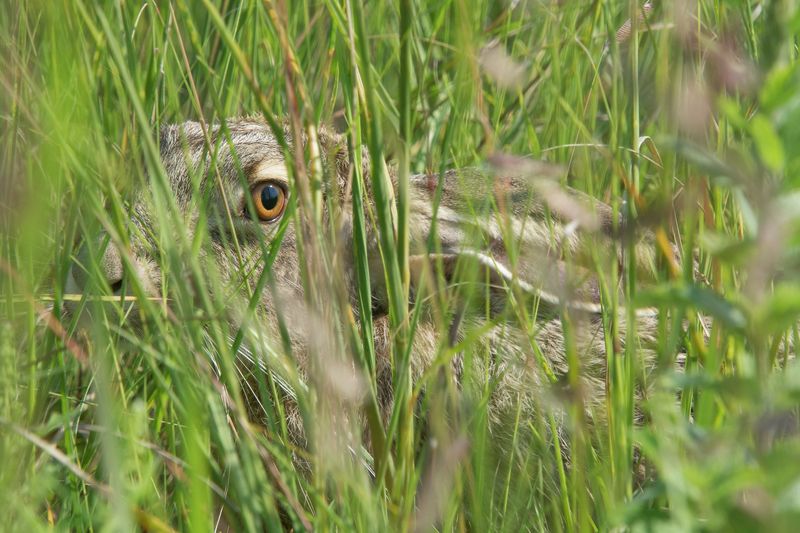
Farmers know the midnight raiders all too well – jackrabbits love lettuce, alfalfa, and young wheat shoots. These cultivated plants offer easy nutrition without the natural defenses of desert vegetation.
A single jackrabbit can consume a quarter-pound of crops daily. This agricultural buffet has allowed jackrabbit populations to boom in some farming regions, creating both ecological imbalances and control challenges.
10. Desert Shrub Berries
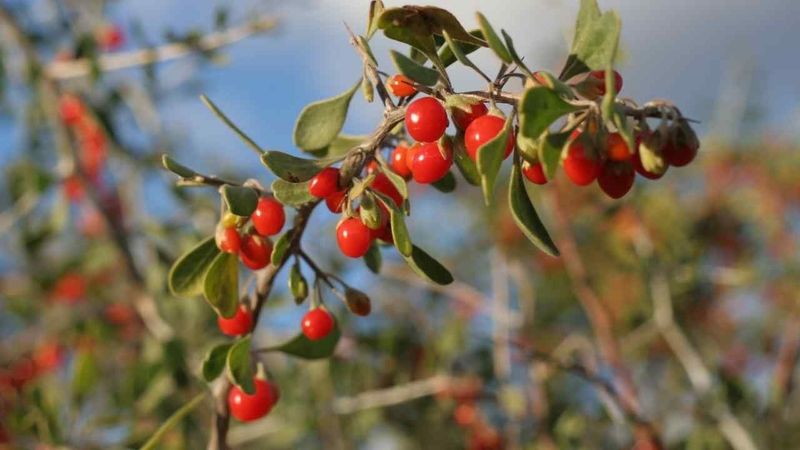
Tiny berries from wolfberry and hackberry shrubs provide rare sweet treats in the jackrabbit diet. Sharp eyes spot these hidden gems among thorny branches where predators struggle to follow.
Seeds pass through their digestive systems unharmed, making jackrabbits important plant dispersers. The antioxidants in these berries may help protect jackrabbits from the cellular damage caused by intense desert sunlight.
11. Cholla Cactus Fruits

Fuzzy-looking but treacherous, cholla fruits become jackrabbit targets once they ripen. Their careful approach involves nudging fruits to the ground where spines often detach during the fall.
These fruits contain seeds, pulp, and precious moisture. Evolution has fine-tuned jackrabbit behavior around these dangerous plants – they’ve learned to use their front paws to roll fruits, removing many spines before eating.
12. Fallen Seeds
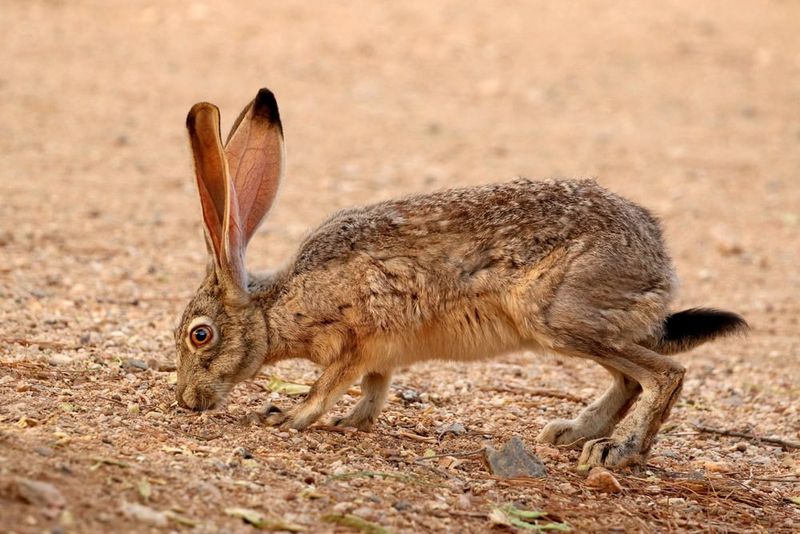
Nature’s tiny treasures scatter across desert floors after plants complete their life cycles. Jackrabbits methodically search for these concentrated nutrition packets, especially in autumn.
Seeds provide critical fat reserves for winter survival. Their excellent memory for productive feeding grounds brings them back to the same seed-rich areas year after year, sometimes traveling several miles nightly.
13. Mushrooms After Rain
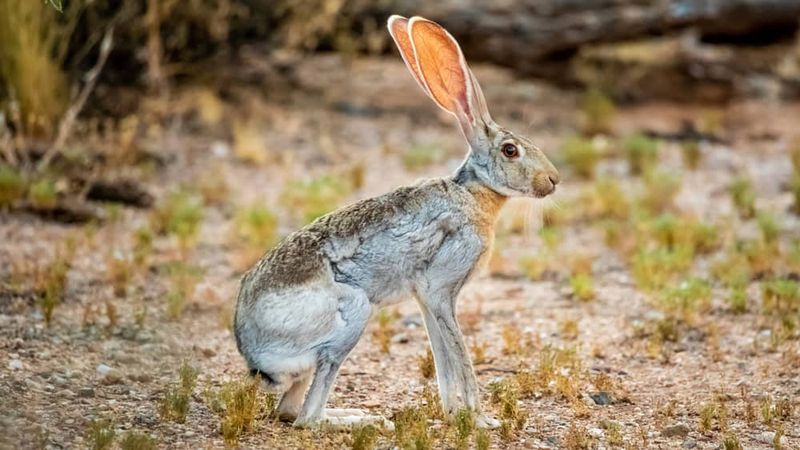
Desert downpours trigger magical mushroom appearances that don’t escape hungry jackrabbit notice. These protein-rich fungi emerge briefly, creating a rare feast opportunity.
Jackrabbits seem to instinctively identify non-toxic varieties. Desert mushrooms contain vitamin D precursors that convert to essential nutrients when exposed to the abundant sunshine in jackrabbit habitats.
14. Occasional Insects
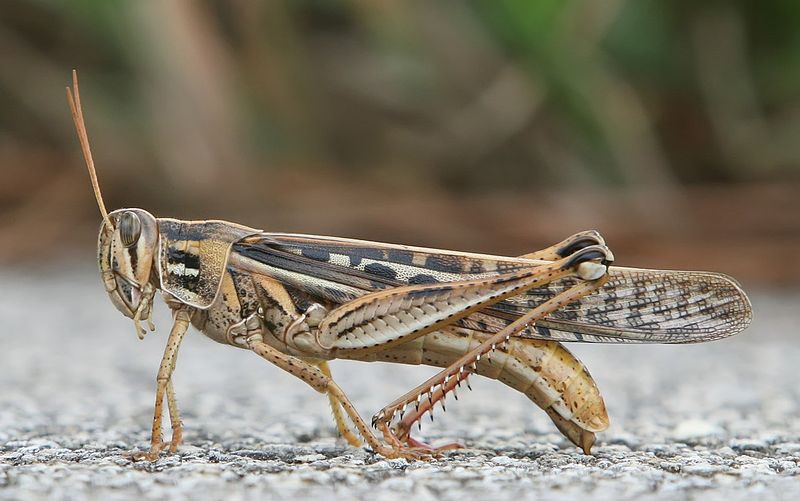
Contrary to their herbivore reputation, jackrabbits won’t pass up protein-rich insects during lean times. Grasshoppers, beetles, and even scorpions occasionally supplement their plant-based diet.
Young jackrabbits particularly benefit from this protein boost during growth spurts. Scientists have observed increased insect consumption during drought years when nutritious plants become scarce.
15. Their Own Droppings

Strange but true – jackrabbits practice coprophagy, eating certain types of their own droppings. This isn’t bizarre behavior but a clever adaptation for maximum nutrition extraction.
The first digestive pass doesn’t capture all nutrients. By consuming these special droppings, jackrabbits essentially give their food a second chance through their digestive system, extracting vitamins and proteins missed initially.



